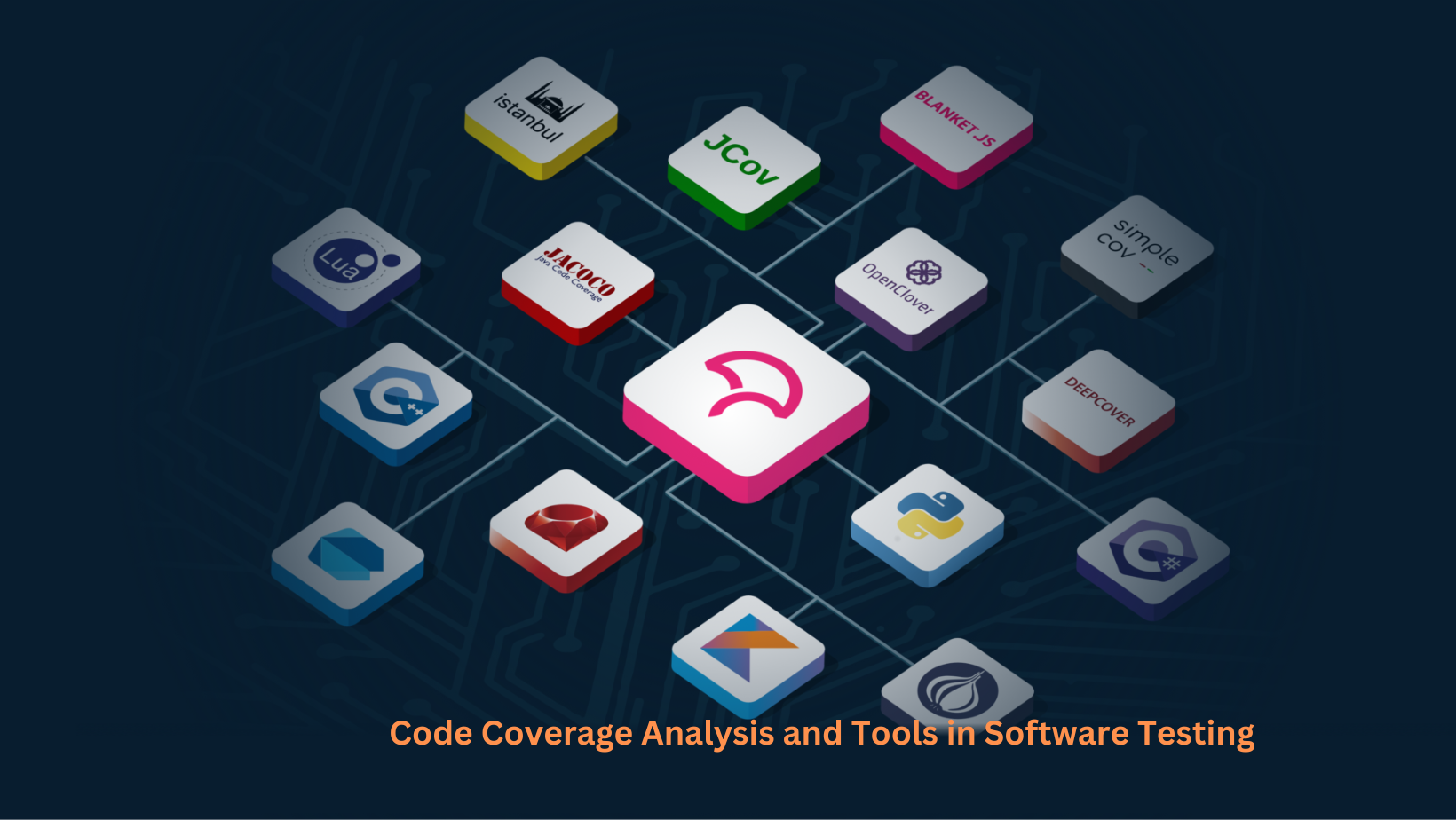Code Coverage Analysis and Tools in Software Testing
 khushnuma
khushnuma
Introduction
In the world of software development, ensuring quality is paramount. One of the key components of quality assurance is testing. Among various testing techniques, code coverage analysis stands out as an essential tool. This article will explore what code coverage is, why it matters, the types of code coverage, and the tools available for measuring it.
What is Code Coverage?
Code coverage is a measure that indicates the extent to which your source code is tested by your test suite. It helps developers understand how much of their code is actually exercised during testing. High code coverage means that most of the code has been tested, while low coverage may suggest potential areas that could contain undetected bugs.
Why Code Coverage Matters
Identifying Gaps in Testing: Code coverage helps pinpoint parts of the code that have not been tested. This can guide developers to create additional tests, ensuring that critical paths are examined.
Improving Code Quality: By encouraging developers to write tests for all areas of their code, code coverage can lead to better overall code quality. This is particularly important in complex systems where bugs can have severe repercussions.
Reducing Maintenance Costs: Well-tested code is generally easier to maintain. When changes are made, high code coverage means that developers can be more confident that existing functionality will not break.
Facilitating Refactoring: Code coverage provides a safety net when refactoring code. Developers can be assured that their changes won't introduce new bugs if the tests cover the modified areas.
Types of Code Coverage
There are several metrics to measure code coverage, each providing different insights:
Statement Coverage: This metric indicates whether each line of code has been executed at least once during testing. It’s the simplest form of coverage but does not provide insights into whether all paths through the code have been tested.
Branch Coverage: This measures whether each possible branch from a decision point (like an if statement) has been executed. This is more comprehensive than statement coverage as it ensures that all possible outcomes of conditionals are tested.
Function Coverage: This metric checks whether each function or method has been called. It helps ensure that all functions are executed, but does not verify the paths within those functions.
Line Coverage: Similar to statement coverage, this metric ensures that every line of code has been executed. While it provides a good baseline, it does not account for conditions or branches.
Path Coverage: This is a more sophisticated metric that ensures all possible paths through a given part of the code are executed. It provides the most thorough testing but can be challenging to achieve in complex systems.
Tools for Code Coverage Analysis
Many tools can help developers measure code coverage, each with unique features and advantages. Here are some popular options:
1. JaCoCo (Java Code Coverage)
JaCoCo is a widely used code coverage library for Java applications. It integrates easily with build tools like Maven and Gradle, providing detailed reports on coverage metrics. JaCoCo supports various coverage types, including line and branch coverage.
2. Istanbul
Istanbul is a popular JavaScript code coverage tool. It works seamlessly with testing frameworks like Mocha and Jest. Istanbul generates coverage reports that highlight which lines were covered and which were not, making it easy for developers to identify gaps in their tests.
3. Cobertura
Cobertura is another Java code coverage tool that provides a straightforward way to measure code coverage metrics. It generates reports in HTML and XML formats, allowing teams to visualize coverage and track improvements over time.
4. pytest-cov
For Python developers, pytest-cov is an excellent plugin that integrates with the pytest framework. It provides a range of coverage metrics and can be easily configured to suit various testing needs.
5. Coverlet
Coverlet is a cross-platform code coverage library for .NET applications. It supports various output formats, including cobertura and lcov, and integrates well with continuous integration (CI) systems.
Best Practices for Code Coverage
To effectively use code coverage analysis in your development process, consider the following best practices:
Set Coverage Goals: Aim for a target coverage percentage that fits your project. While 100% coverage is ideal, it's often impractical. Instead, focus on covering critical paths and high-risk areas.
Use Coverage as a Guide, Not a Goal: High code coverage does not guarantee the absence of bugs. Treat coverage as a helpful metric rather than an ultimate objective. Always prioritize writing meaningful tests.
Regularly Review Coverage Reports: Make it a habit to review coverage reports after each development cycle. This can help you spot trends and identify areas for improvement in your testing strategy.
Integrate with CI/CD Pipelines: Incorporate code coverage tools into your continuous integration/continuous deployment (CI/CD) pipelines. This allows you to monitor coverage as part of your development process and catch issues early.
Educate Your Team: Ensure that all team members understand the importance of code coverage. Provide training on how to write effective tests and interpret coverage reports.
Conclusion
Code coverage analysis is a vital component of software testing that helps improve code quality and maintainability. By using the right tools and following best practices, teams can gain valuable insights into their code and ensure that they are delivering robust, reliable software. As you integrate code coverage into your development process, remember that it’s not just about achieving high percentages but about fostering a culture of quality and continuous improvement.
For those looking to enhance their skills in this area, there are Software Testing course in Lucknow, Delhi, Noida, and other locations in India. These courses often cover essential topics like code coverage, providing the knowledge needed to implement effective testing strategies in your projects.
Subscribe to my newsletter
Read articles from khushnuma directly inside your inbox. Subscribe to the newsletter, and don't miss out.
Written by

khushnuma
khushnuma
I am a Digital Marketer and SEO Specialist; I enjoy technical and non-technical activity. I enjoy learning something new. My passion and urge to gain new insights into lifestyle,